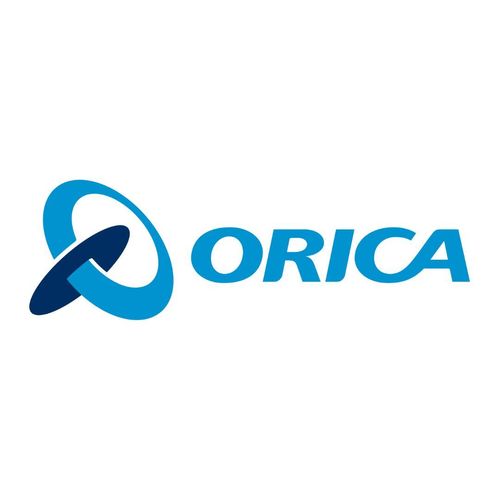MCi Carbon Breaks Ground at Orica Kooragang Island Site

April 16, 2024
BY Orica
Advertisement
Advertisement
Related Stories
Danish startup initially focused on CO2 recovery within the craft brewing industry and is now proving to be a critical enabler for broader carbon capture and direct air capture (DAC) initiatives, thanks to its pioneering and cost-effective CO2 liquefaction technology.
Ash Grove, a CRH Company, one of North America’s leading cement manufacturers, has broken ground on Carbon 1 Mississauga, a first-of-its-kind commercial carbon capture and utilization facility at Ash Grove’s cement plant in Mississauga, Ontario.
The sustainable materials developer, earth4Earth, has created a range of bricks that capture and permanently store carbon dioxide. The bricks are made using excavated soil, which would otherwise go to landfill, combined with a unique earth4Earth (e4E) binder that enhances their durability and mechanical properties.
Technip Energies and Shell Catalysts & Technologies Have Signed a Global Alliance Agreement for Carbon Capture Delivery
Technip Energies and Shell Catalysts & Technologies have signed their global alliance agreement to work exclusively together to deliver a post-combustion amine-based carbon capture solution using Shell’s CANSOLV1 CO2 Capture System.
Cresta Fund Management LLC (Cresta), a Dallas-based private equity firm that invests in low-carbon molecule infrastructure and solutions, announced an investment in Lapis Carbon Solutions (Lapis) through its recently launched Cresta Sustainable Fund II (Sust. Fund II). The new co-investment is expected to accelerate the development of Lapis’ anchor projects and expand the broader pipeline of project opportunities.





